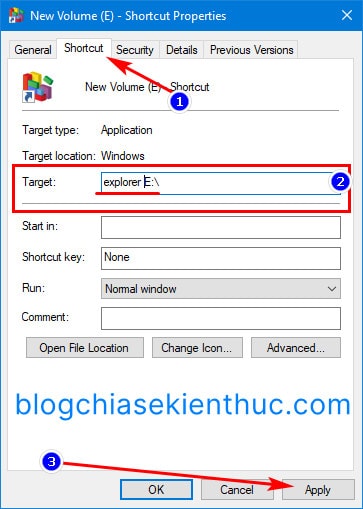

The cookie is set by GDPR cookie consent to record the user consent for the cookies in the category "Functional". The cookie is used to store the user consent for the cookies in the category "Analytics".
This cookie is set by GDPR Cookie Consent plugin. Set by the GDPR Cookie Consent plugin, this cookie is used to record the user consent for the cookies in the "Advertisement" category.

These cookies ensure basic functionalities and security features of the website, anonymously. Necessary cookies are absolutely essential for the website to function properly. For example, if you want enable, disable or switch to a different output or input device, you can easily do that from the first page of sound settings, right under “Output” or “Input” respectively. Alternatively, you can open it through Start menu > Settings > Sound.įrom here you can configure pretty much everything about sound on Windows. The default sound settings on Windows 11 can be accessed by just right-clicking on the volume icon from the taskbar corner and selecting “ Sound settings“. It may take time to get used to something new but it will worth the effort once we got familiar with the new UI. Though some of us may still prefer the old sound settings window instead of the new one on Windows 11, we should really look into the new simplified sound settings as it’s actually now much simpler to configure and manage. You can enable or disable playback or recording audio devices, and configure various sound settings here like how we used to back in Windows 10 or older. The network icon and volume icon may seem to be fused together as one clickable item (for left click to open quick settings), but they still act as different item when you right-click each of them. Note: During step 1, you have to right-click exactly on the volume icon.


 0 kommentar(er)
0 kommentar(er)
